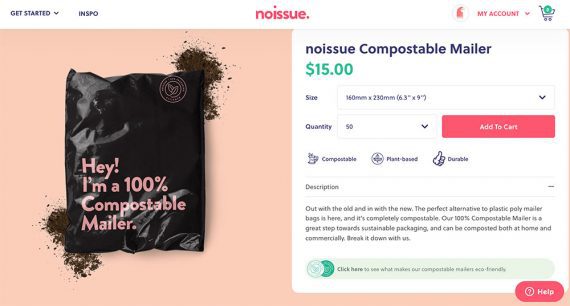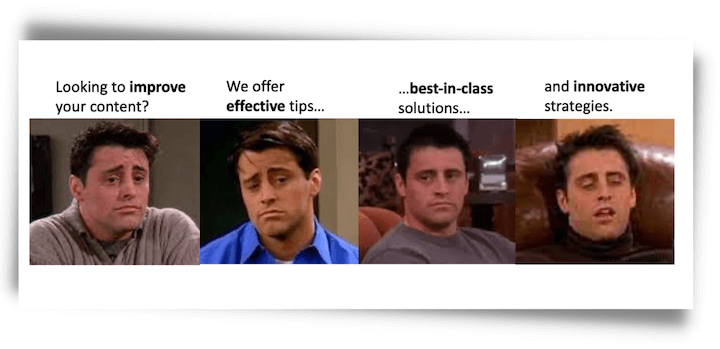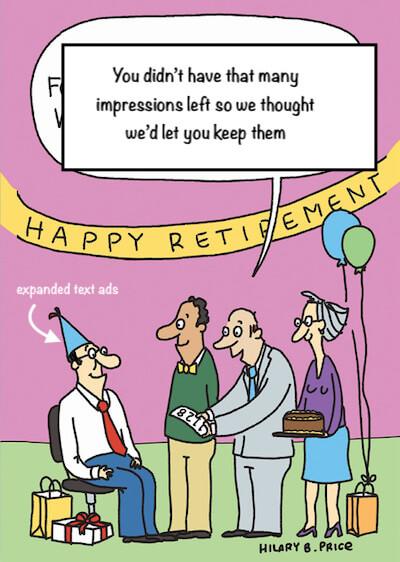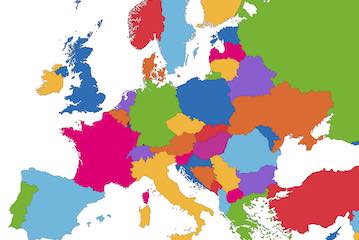It is important to know who your audience is. As more people, unbarred by geographical or monetary limitations, attend virtual and hybrid events, there are more of us in seats, virtual or not. But who are they? Gathering data like most viewed content and session attendance can help organisations prepare for post-event content strategies and the next iteration of the event.
Frankly, Covid has emboldened our organisation and validated our vision and mission. Our unwavering focus and commitment to building the most secure, flexible, and scalable marketing SaaS platform not only carried us through the storm, but it positioned us far ahead of the industry, providing the continued foundation for our award-winning innovation.
What are the key pillars of effective event marketing?
The pandemic’s impact on the event industry will be felt for years, but it has taught us to be prepared for anything. Even when we’re “on the other side” of the pandemic, the way organisations plan and conduct events will forever be changed. From the early beginnings of the pandemic, when the industry was faced with worldwide event cancellations, to the past year or so where we had a semblance of normalcy – holding in-person and hybrid events – marketers have faced numerous challenges and uncertainties.
How brands are getting creative with virtual events & entertainment experiences
Analysis of this data is the second pillar for effective event marketing. Data alone isn’t enough without actionable insight through analysis. By connecting the dots and understanding end users’ values, needs, and desires, you’ll be able to provide a more personalised experience. Analysis of a registrant list may highlight that a group of people prefer virtual segments over attending an event in-person, or they prefer sessions with customer panelists and shorter vs. long-form content.
I’m excited that I get to be a part of this industry and watch as its evolution accelerates – and for RainFocus to play a pivotal role. We will continue to enable our customers to deliver the ultimate event portfolio, so they can see the impact they are making. It’s important for companies to understand that marketers have a collective and integrated platform to deliver content and receive real-time engagement insights. This allows for different ‘events’ to play a role throughout the entire customer journey. It’s our job to guide them and provide the technology to do so.
Are in-person events a thing of the past? No, but we will see most organisations continue to offer virtual and hybrid events following everything they may have learned about their end-users throughout the pandemic.
It’s imperative that marketers and event organisers analyse all user data to consider where to pivot or stay the course for future events – and would be impossible without effective data analysis.
Covid-19 has generated a boom in virtual events. How do think this will evolve long-term? (Will we be hybrid forever-more?)
Even before Covid impacted the industry, I would say there are three pillars that are key to effective event marketing – knowing your audience, data insights, and engaging content. And they’ve only become more important now in the age of Covid.

Lastly, engaging content is essential to a successful and memorable event, whether it’s shared before an event or after. Content can come in different forms, but it must always have your goals and stakeholders’ expectations in mind. These may be pre-event promotions giving registrants an early glimpse of what’s to come and raise excitement. Post-event content, like on-demand sessions and follow-up communications, should be seamlessly shared and quickly made available after your event, matching all event branding for a cohesive experience.
How else has the past two years impacted your company? Any long-term lessons?
Content is critical – it’s important that brands nail presentations to effectively market before and after an event comes to an end.
If any long-term lesson is apparent, it is that we can trust each other and collaborate to overcome any challenge in business or life. It is no coincidence that this truth punctuates ‘the power of a handshake.’ Emerging from the pandemic, we certainly remain committed to these ideals and guiding principles.
This change in how we function has altered the industry forever – however, I don’t think we’re done evolving. Like others, I believe in providing solutions that work for our customers (and their users). Whether that means hybrid, in-person or fully virtual events, we have the capabilities to support their objectives and ensure they’re engaging their target audiences. Over the past two years, the industry has had a lot of learning (and failing) to do. One such learning – if we aren’t agile and prepared to pivot at a moment’s notice, we’re bound to fail.
What’s next for RainFocus?
Our platform allowed us and our clients to pivot seamlessly and meet the demands of remote environments and online event ecosystems. Emerging from two years of uncertainty as the industry leader, we have chosen to invest significantly more capital in expanding our technology and our leadership. In addition, we decided during the pandemic to sacrifice revenues, offer relief to our clients’ commitments, and collaborate to navigate the changes that were thrust upon us in 2020. That choice has fortified the trust and partnership we hold with our clients. Even after the pandemic, we will always look to improve our level of service and accelerate our innovation.
RainFocus is a ‘unified events and marketing’ platform that enables companies to integrate ‘events’ into their martech stack and their customers’ journeys. I recently spoke with the company’s CEO, JR Sherman, to discuss his industry, the impact of the pandemic and “navigating the most significant advancement in experiential marketing since the internet was embraced in the late nineties.”






